I shed tears this weekend. They weren’t for me. They were for others, and their stories, I heard, as a participant, along with 200+ others, in the first ever Truth and Reconciliation conference between Aboriginals and non-Aboriginals in Victoria. The conference was titled Open Hearts, Clear Minds: A Road to Reconciliation, and took place at the First Peoples House at the University of Victoria.
The conference was aligned with the Truth and Reconciliation Commission (TRC) of Canada; a commission established as part of the Indian Residential School Settlement Agreement, the largest class-action settlement in Canadian history, which was reached in 2006 and came into effect in 2007. The TRC was established in 2008 to tell Canadians about the history of Indian Residential Schools and the impacts (think negative and colonial) it had on Aboriginal children who were sent to the schools (run by the Churches) by the Canadian government; and to guide a process of reconciliation between and within Aboriginal families, communities, churches, governments and Canadians.
What it felt like
At times the weekend felt surreal to me. Listening to stories of survivors of residential school abuse and inter-generational dislocation were difficult; especially when many of the stories came from the elderly, and are still very painful (to them) to share, even 60 years later. At times I felt as though I, a settler’s child, and my Aboriginal neighbour, living only kilometres away, are in parallel universes.
Where do we go from here?
Yet, with all the pain, there was still room for joy, humour, and optimism. In one circle that I participated the question was posed where do we go from here (along the reconciliation path)? The following, 15 ways, are largely based on that circle’s conversation:
- Inspiration; offer a picture of hope for a future, together
- Vision; imagine a future that includes all cultural groups, not just the two in conflict
- Education; teach the others story, as they would like it told, in your community’s education system; the sooner/younger, the better
- Joint ceremony; to promote hope, and give rhythm to the communities working together
- Traditional customs; to nurture each community, in its own culture, way
- Dialogue; between communities; conversations transform us
- Storytelling; so people hear directly; the pain, and the joy, of the other community; listen to listen, not listen to talk
- One-on-one; taking inter-community dialogue back into ones own community, one-to-one
- Places: where people, from either community, can show up, be welcomed, and be themselves
- Invitation; to the other community to participate in your community places, and influence your community
- Inclusiveness; including the other as part of your community’s celebration
- Language; agreeing on respectful language for conversation crossing cultures and communities (witness that it was only last month that Canada finally signed onto the UN Declaration on the Rights of Indigenous Peoples)
- Leadership; capable of letting go, and passing the torch to the next generation
- Grandmothers; and grandfathers, bridging cultural divides, as only grandparents can!
- Appreciation; of the other community, and the positive things they bring, to the relationship
Kudos
There were many sponsors and contributors to make this conference work; including the prime organizers, Aboriginal Neighbours, in partnership with the TRC, four Churches who ran residential schools in this region, and other concerned Aboriginal and non-Aboriginal organization. Kudos to all!
I hope to share more of my experience in a future post.
Have you attended a Truth and Reconciliation event somewhere? What was your experience? What now?
[If you enjoyed this post, please consider leaving a comment or subscribing to my blog. Thanks, Ben.]
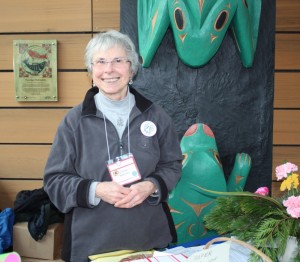
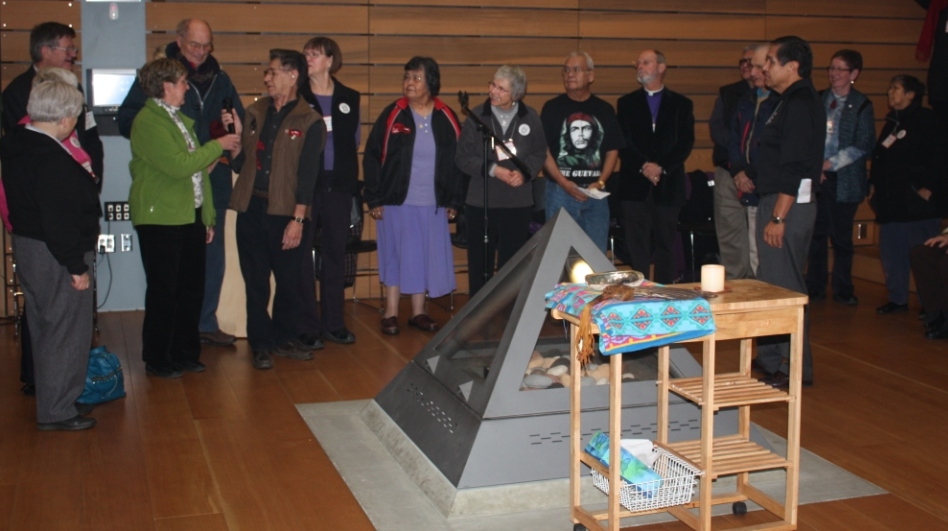
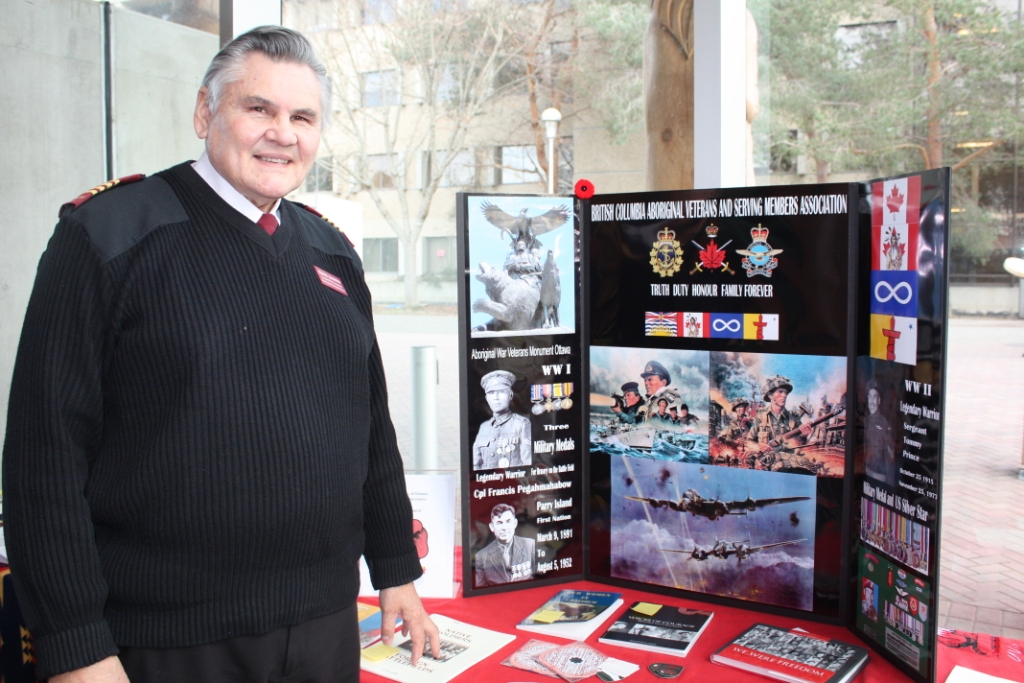
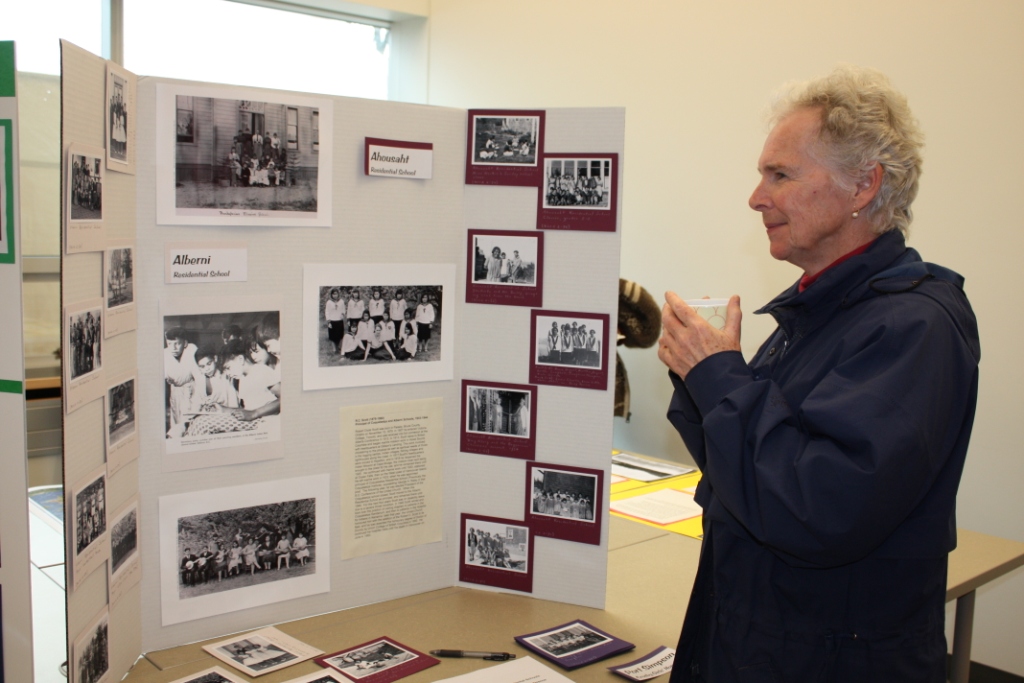
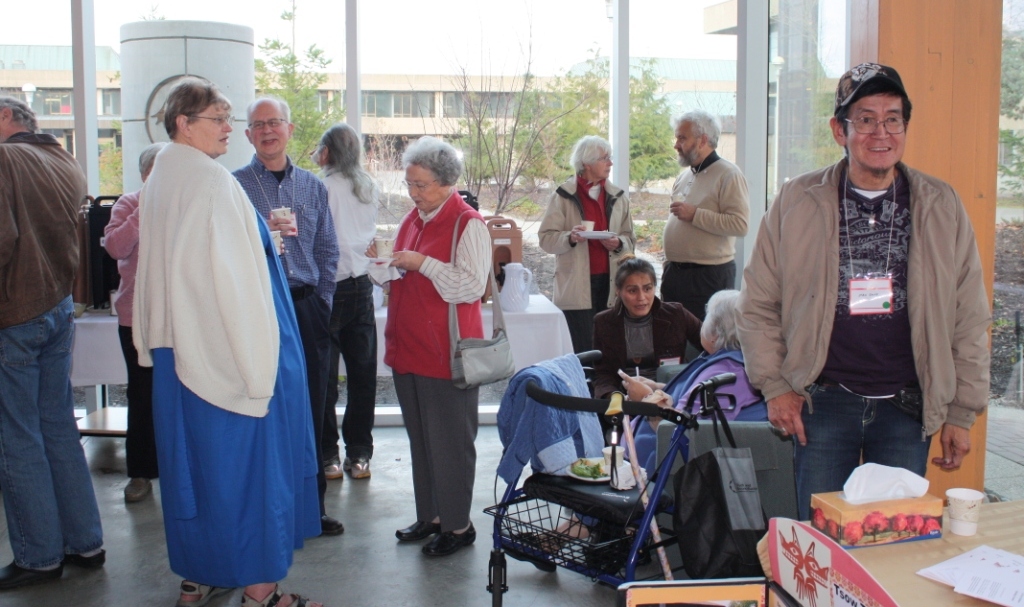

Yes…Where do we go from here? Here in Durham Region we have began a healing resolution. It is called Project of Heart.
For furtherinfo may be had by contacting Viola Thomas. TRC.
Myself a survivor…author “Children of the Creator”..my story! Healing involves forgiveness. Canada has asked for forgiveness. With that request, we survivors have been empowered. Let us not miss this chance.
This is a very thoughtful response to the weekend event and the photos help to tell the story. There is hope that we can plant seeds of reconciliation.
Cliff, I really appreciate you connecting here, and sharing your thoughts. I sense you have done many things, and more planned, re: reconciliation. Best of luck with seizing the initiative. And if I’m not mistaken – Durham Region is near Toronto?
Margaret, Thank you. You and others from Aboriginal Neighbours are to be congratulated. And, yes…. let’s hope the seeds planted last weekend grow into mighty oaks.
I attended the 2010 Elders Medicine Wheel gathering earlier this summer in Mission B C on Sto’lo aboriginal land at the St. Mary’s grounds. It had been an annual healing gathering for fourteen years.
I stayed for the four days and witnessed great healing of the many people who were grieving after their internment at St. Mary’s residential and other residential schools.
This experience helped me believe that I was a healer and gave me new strength to “do my work”. I would like to come back to this healing gathering next year. It is open to all colours of skins. It is based on the aboriginal ways of the Grandfather fire and the four directions. It brought forth the recognition to the healing compassion that is within all of us. The seeds have been planted but they need to be watered regularly with the tears of stories told and listened to. Tears of compassion will be washing clean the fearful pollution that has stopped these seeds from growing into big Gary Oaks.
Believingnseeing, thanks for sharing your experience at the Elders Medicine Wheel. It sounds like a great event, and certainly seems to have worked well for you (and others too, I’m guessing). And, I’m with you on compassion. It’s present all around…. we just need to let it connect with us.
I gues it was a emmotional experience. Thank you for sharing it to us.
If you look at any major urban area, you can find a divide between the working class and a population of homeless. Religiously you can look to the divided city of Jerusalem. Militarily you can look at the divided city of Kandah?r, Afghanistan.
Backlinks… sorry for delay in responding to your message… yes it was.
Air Conditioning… Thanks for your observations. The examples you provide tell of a physical divider. Sort of like silos… each side is living in their own. And yet both are under the same sky… we need to build on that.
Thanks for this notice, Ben. It is clear and the pictures are better than I was able to get. It was a very successful event in that we had a good representation from both church peoples and Indigenous peoples. The TRC commission was able to tape stories from residential school survivors. We got about 70 evaluation forms and the responses were very positive. The big question: what next?
Lynne, nice to hear from you. Glad it went well from your perspective. What’s next you ask! Perhaps a similar event and/or project, and which the aboriginal community & yourself & others agree has shared benefit in doing? Gotta keep the momentum going.
I was there too. It was very scary, lonely, and caused me anxiety. The Lord got me through. Praise the Lord!
I really loved this whole write up.. Its really educative.. Thanks for sharing it wit me..